I remember coming across the following Bernie Fuchs painting when I first attended The Illustration Academy. It was a game changer. It seemed to break all the rules of composition I had learned prior. The idea of jamming the focal point into the corner and behind such an obvious foreground shapes was, and is, very exciting. The viewer feels more like a voyeur. Life was imperfectly happening right in front of us. It felt less like a meticulously composed stage play, but rather a raw and unplanned performance.
Over the years, I have spent some time trying to figure out why certain images caused me to feel that way and the mechanics of how they are constructed. I’ve discovered the following truths:
1.The artists observed the scenes they were illustrating first hand and were able to move around the space looking for dynamic, honest, and new staging opportunities.
2.While they were walking through the scene, extensive reference photography was taken with an emphasis on novel angles with unexpected scales and cropping.
3.The smaller scaled focal points many times were composed behind a large seemingly insignificant foreground object or through thresholds.
4.Photojournalism and street photography is a great resource to study. The raw and unplanned compositions provide endless inspiration.
Here are a number of pieces that to me contain exciting and unexpected compositions:
As you probably can tell, Fuchs was particularly interested in these types of compositions. Fortunately for us, The Famous Artist School published a step-by-step article detailing the process Fuchs used in the creation of the following illustration for a magazine story titled The Frenchwoman:
Fuchs is quoted as saying: “The first thing I did was to look for a dress shop to use as a setting for The Frenchwoman. I was lucky enough to find one that fitted the story perfectly. There was a workroom in back and they sold antique jewelry in front……….I took my model to the shop and photographed everything that could help give my illustration the character of the time and the place.” Here are some of Fuch’s photos:
Additionally, take a look at these journalistic photos:
One of the great photographers from above, Alex Webb, has said, “I only know how to approach a place by walking, for what does a street photographer do but walk and watch and wait and talk, and then watch and wait some more, trying to remain confident that the unexpected, the unknown, or the secret heart of the known awaits just around the corner.”
So what does this all mean for an illustrator in 2021? Well, I would say more often than not, when preparing to compose an image, Google Image Search is a primary resource. I do it. It’s efficient, especially on a tight deadline. If I have enough time I will direct a model shoot to to assist in posing and lighting my main characters. Otherwise I will use found reference for the characters, or use 3d models. These are all perfectly legitimate and efficient tools. But I do wonder if these efficient tools that help us navigate tight deadlines take away the accidents and truths that result from actually experiencing the subjects of the picture? Fuchs was many times flown to cover major sports events by Sports Illustrated with his camera in tow. Frederic Remington moved to the Southwest United States in order to experience his subjects before jumping into his pictures.
So what do you think? Leave some comments below!
I hope this may provide insight into how to pursue new ideas in your pictures 🙂
-FV


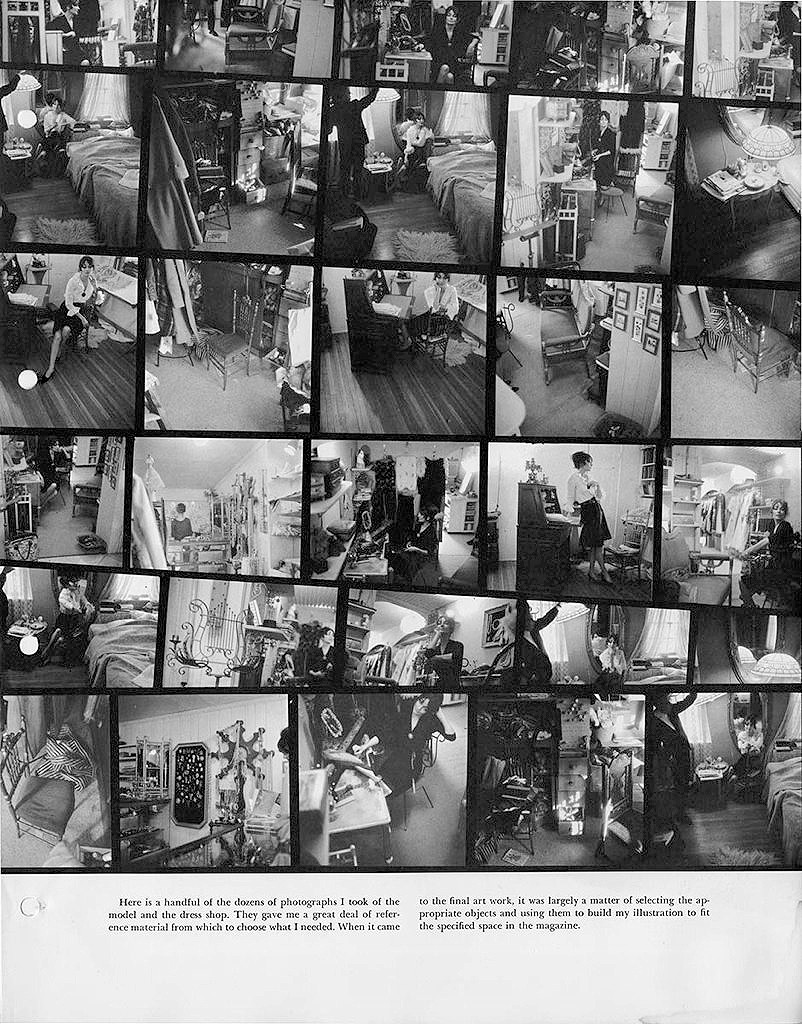
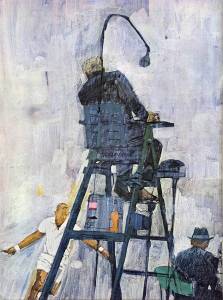
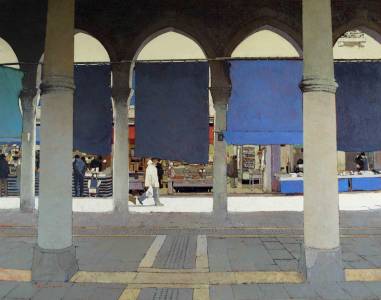
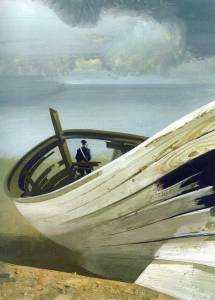
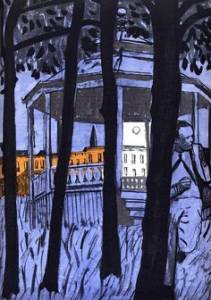

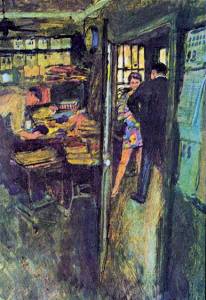
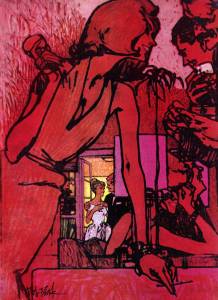
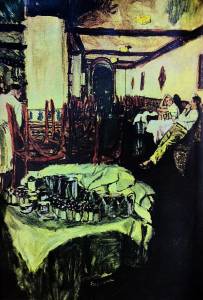

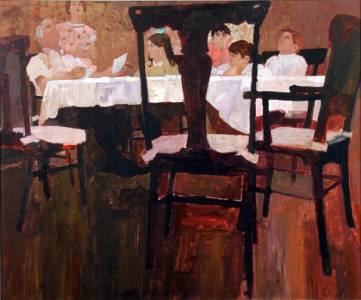
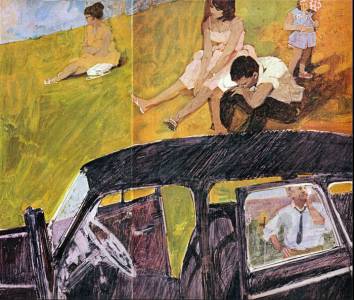
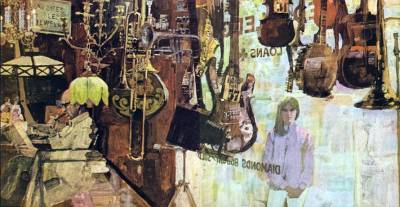
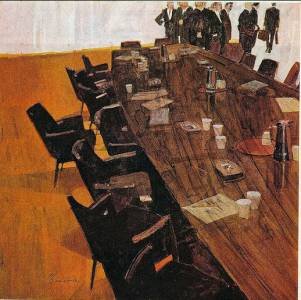

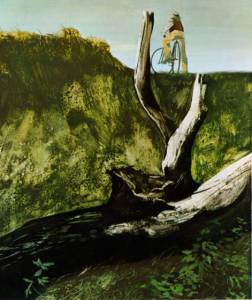
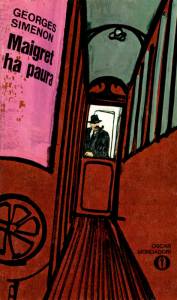
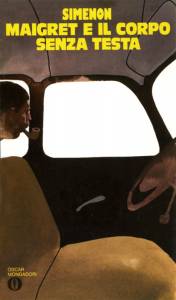

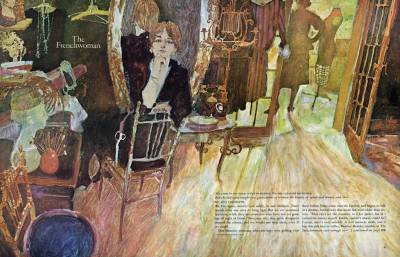
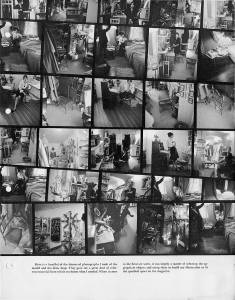

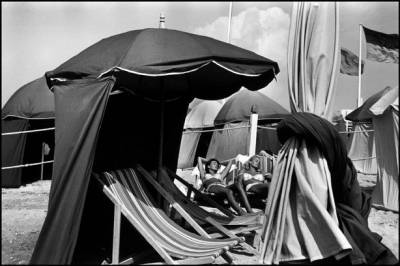

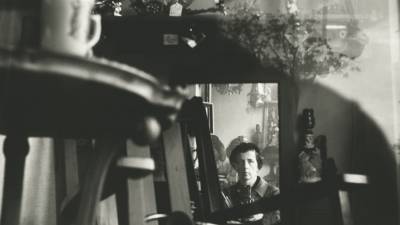
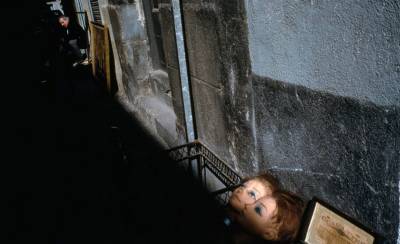

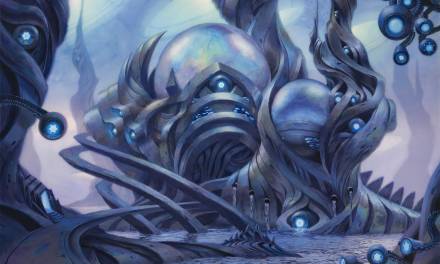
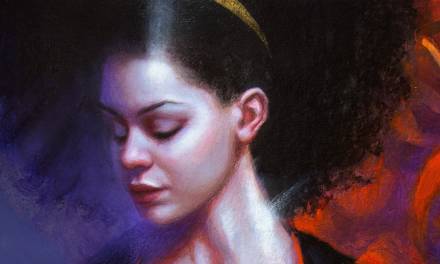
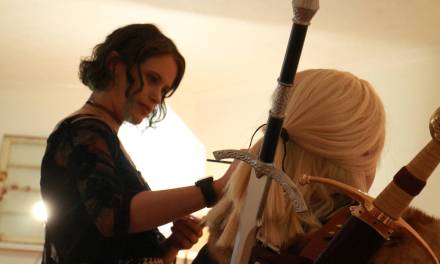
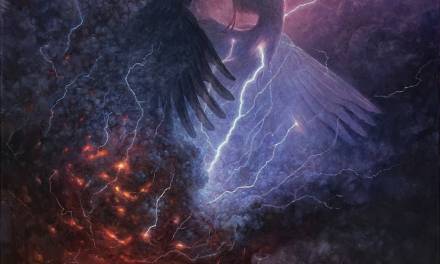

Yes! I’m very into the unexpected compositions. I also like looking at movie stills for ideas. There’s a really cool one from Close Encounters in which the character is seen in a mirror hung at an odd angle above a mantle. Thanks for the post!